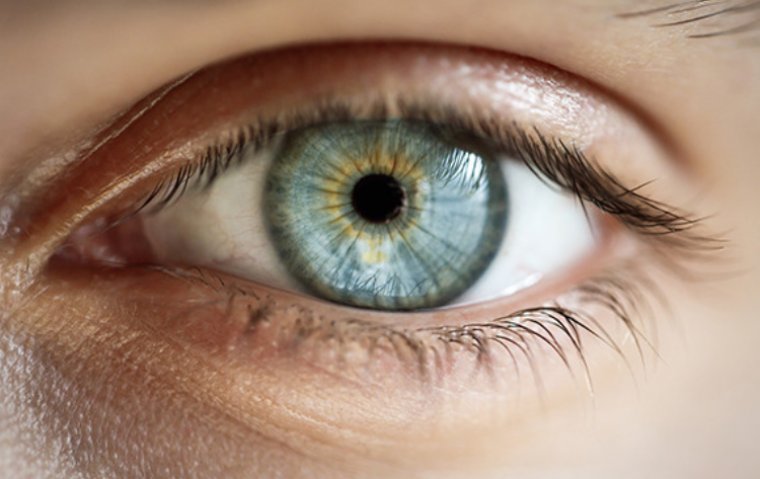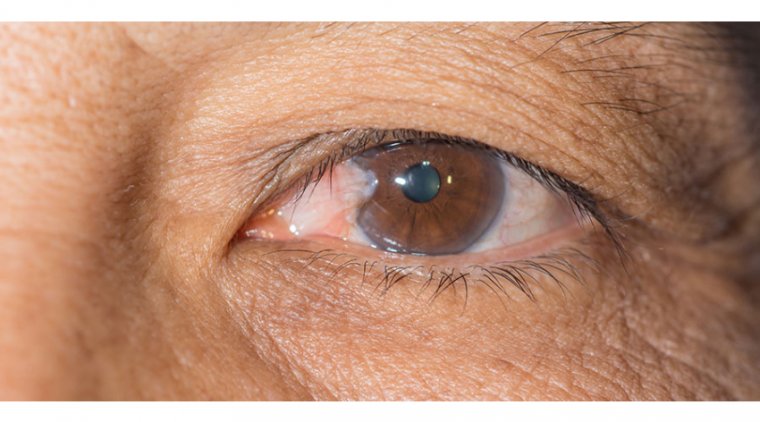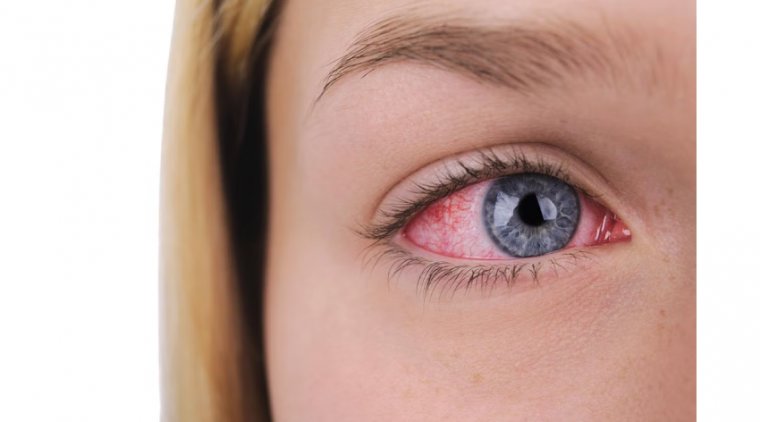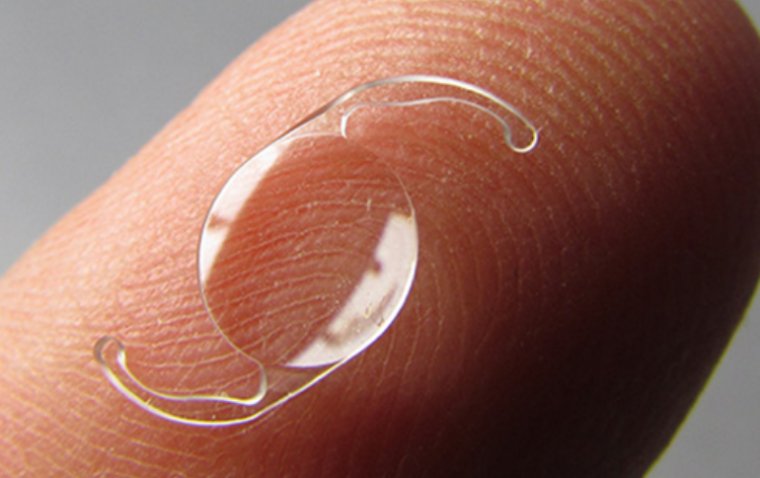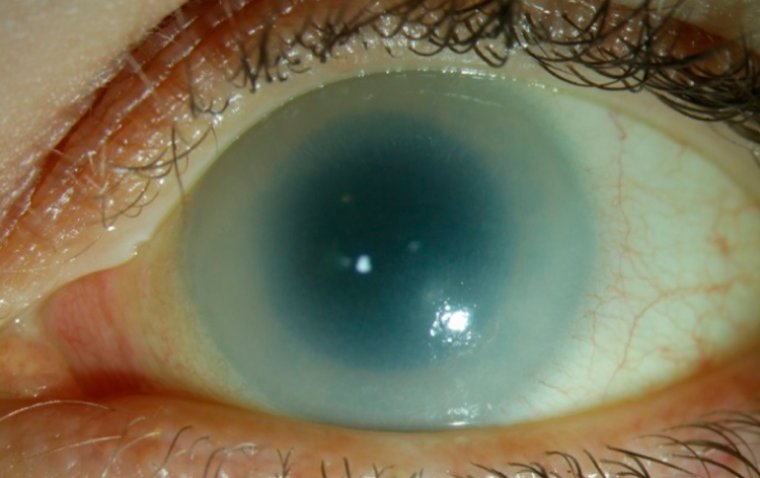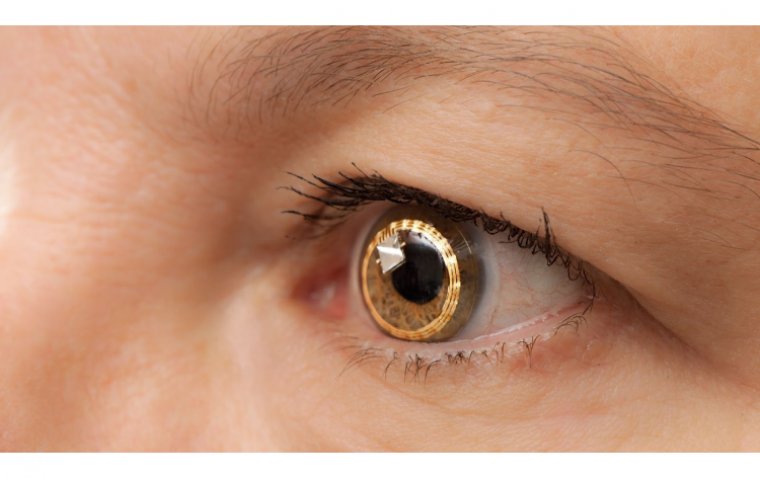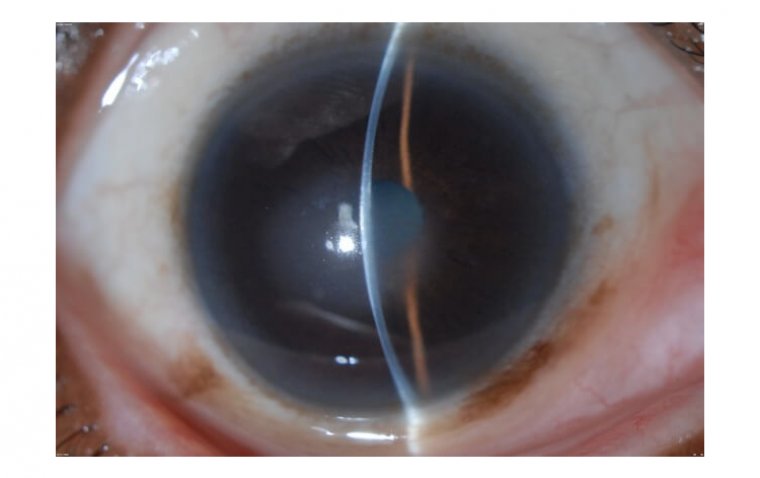
Fuchs' Dystrophy: A Comprehensive Guide to Symptoms and Management
What Is Fuchs' Dystrophy?
Fuchs' dystrophy is a progressive, inherited disease that affects the cornea, the clear outer layer of the eye. This condition is named after Ernst Fuchs, the Austrian ophthalmologist who first described it in 1910. Fuchs' dystrophy is more common in women and typically begins to develop after the age of 50. It is estimated that approximately 4% of people over the age of 40 may have some signs of Fuchs' dystrophy.
Types of Fuchs' Dystrophy
There are two types of Fuchs' dystrophy: early-onset and late-onset. Early-onset Fuchs' dystrophy is rare and usually affects children or young adults. Late-onset Fuchs' dystrophy is the more common type and usually affects individuals over the age of 50. Late-onset Fuchs' dystrophy can be further classified into two types: guttae and non-guttae. Guttae Fuchs' dystrophy is characterized by the presence of small bumps, called guttae, on the inner surface of the cornea. Non-guttae Fuchs' dystrophy does not have these bumps.
What Causes Fuchs' Dystrophy?
The exact cause of Fuchs' dystrophy is not fully understood, but it is believed to be genetic in nature. It is thought that a defect in the corneal endothelium, the innermost layer of the cornea, leads to an accumulation of excess fluid in the cornea. Over time, this excess fluid causes the cornea to swell and become cloudy, leading to vision problems.
.jpg)
Symptoms of Fuchs' Dystrophy
The symptoms of Fuchs' dystrophy typically develop slowly over time and may include:
● Blurred vision - this is often the first symptom of Fuchs' dystrophy, and it usually affects the central vision.
● Sensitivity to light - people with Fuchs' dystrophy may experience discomfort or pain when exposed to bright lights.
● Halos around lights - some people with Fuchs' dystrophy may see halos or rings around lights, especially at night.
● Poor night vision - as the disease progresses, vision may become worse in low light conditions.
● Decreased contrast sensitivity - people with Fuchs' dystrophy may have difficulty distinguishing between shades of gray or similar colors.
● Eye pain - in some cases, Fuchs' dystrophy may cause eye pain or discomfort.
● Grittiness or a foreign body sensation - people with Fuchs' dystrophy may feel like there is something in their eye, even when there isn't.
● Blister-like bumps on the cornea - in advanced cases of Fuchs' dystrophy, small fluid-filled blisters may form on the surface of the cornea.
Connection Between Fuchs' Dystrophy and Cataract Surgery
When cataract surgery becomes necessary due to the development of cataracts, individuals with Fuchs dystrophy may face additional considerations. The presence of Fuchs dystrophy can complicate cataract surgery and increase the risk of certain complications, such as corneal edema and endothelial cell loss. Therefore, ophthalmic surgeons need to carefully evaluate and manage the condition before, during, and after cataract surgery to achieve the best possible outcomes.
Various surgical techniques, including specific types of intraocular lenses and corneal treatments, may be employed to minimize the impact of Fuchs dystrophy during cataract surgery and optimize visual outcomes for patients. Close post-operative monitoring is also essential to promptly address any potential complications related to Fuchs dystrophy following cataract surgery.
(1).jpg)
.PNG)
